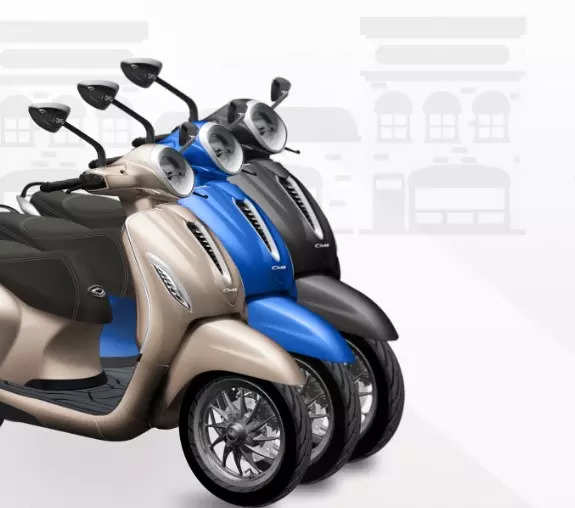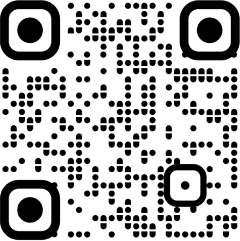
New Delhi: A new Chetak store every two-and-a-half days, correcting the price to bring it on par with competitors who have unleashed massive discounts, and launching a new variant with improved performance. Bajaj Auto has been pulling out all the stops in its quest for better market share for its iconic electric scooter. And the plan seems to be working. The Bajaj Chetak had notched up bookings of over 11,000 units between January one and 24, giving wings to the company’s target of selling 15000 units a month soon.Bajaj is one of two remarkable success stories in the e2W space (the other is TVS Motor Company). It has managed to double market share within 12 months to 10% in December and now, the company is aiming for further consolidation.
Data from the Society of Manufacturers of Electric Vehicles (SMEV) shows that in 2022-2023, Bajaj had 5% market share, TVS was at 11% and Ola at 21%. But in the nine months till December 2023, Bajaj climbed to 10%, TVS to 20% while Ola was at 33%. In other words, by the end of 2023, Bajaj and TVS together accounted for every third e2W sold in the country, while Ola accounted for another third.
It is obvious that the market share gains made by Bajaj and TVS are on the back of shrinking shares of pure-play e2W OEMs. Ampere, Okinawa and Hero Electric were at 12%, 13% and 12% share of the market in 2022-2023. In other words, these three companies were accounting for more than a third of the entire e2W market last fiscal. But by December 2023, their shares had dwindled to
7%, 3% and 2% respectively or together, they accounted for just a little over tenth of the market.
How Bajaj nailed it
In a call with analysts after the Q3 FY24 results, Executive Director Rakesh Sharma said that Chetak has been posting good sales numbers despite a lot of discounting by competitors during the last few months due to several factors. A widening distribution footprint, ensuring supply certainty after the company managed to tackle the earlier supply chain issues, and “the right price to the product” led to the performance. “The sales network is now almost 160 cities so wider geography is available to play with. Chetak has become competitive because it is now at almost equivalent pricing with competitors and getting good traction.”
Of course, the new variant (Urbane) which was introduced earlier this month is also adding to the sales momentum, Sharma said.
“Customers have been liking the classic design, the ergonomics and some features like tail lamp design etc of the earlier variant but there was an issue around the console and certain connectivity features. The new Chetak elevates performance in terms of top speed, elegant TFT display and connectivity features. The feedback in the last 2-3 weeks for the new variant is that it is well appreciated. So now we have two versions, urbane and premium. By Q1 of next year, one more product offering will be launched, which will further boost sales and market share,” Sharma said.
Sharma has earlier indicated that Bajaj Chetak may eventually also be headed for exports. Exports are the lifeline of Bajaj Auto, with half the topline and more than half of the company’s bottomline coming from exports. Bajaj Auto sells its two and three-wheelers in 96 countries. Latin America, Africa, Asia and the Middle East are some of the major markets for India’s largest two wheeler exporter. So exploring the export potential for Chetak electric is natural. Works are under way to develop an electric motorcycle. Bajaj Auto is working with KTM for high end products.
Policy flip flops
Bajaj and TVS have made inroads into the e2W market in a year which saw policy uncertainty with alleged subsidy misappropriation, subsequent reduction and withdrawal of subsidies for some OEMs.
The government was offering purchase subsidies under the FAME II scheme till allegations of misappropriation surfaced. OEMs which were denied subsidy subsequently and some, which were asked to pay back subsidies retrospectively, eventually suffered severe working capital shortages. This was one of the biggest reasons for the shakeup in the market share pecking order. Later in the year, policy uncertainty and dwindling sales led market leaders to offer massive discounts too. Except for Ola and Ather, almost all other pure-play e2W OEMs have seen significant fall in sales during FY24.
















